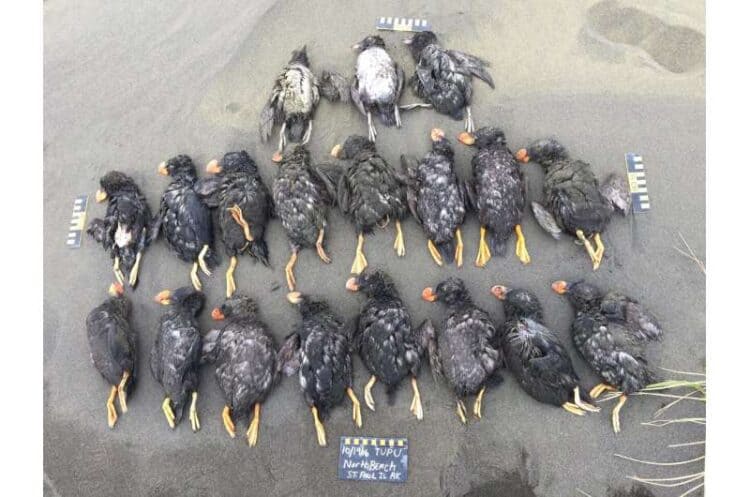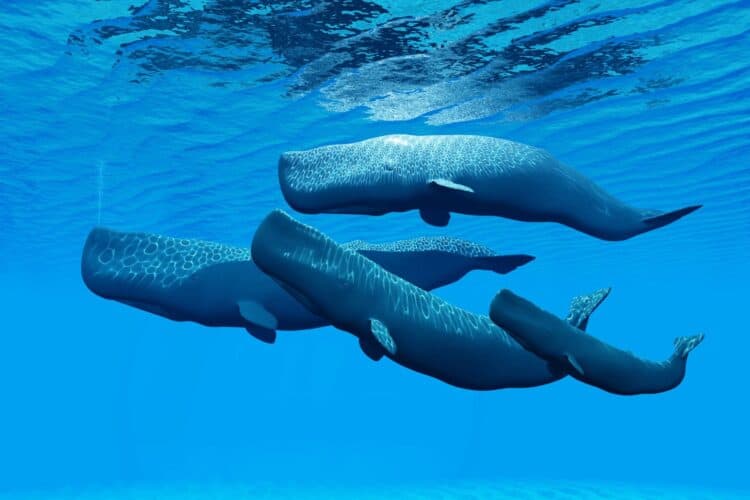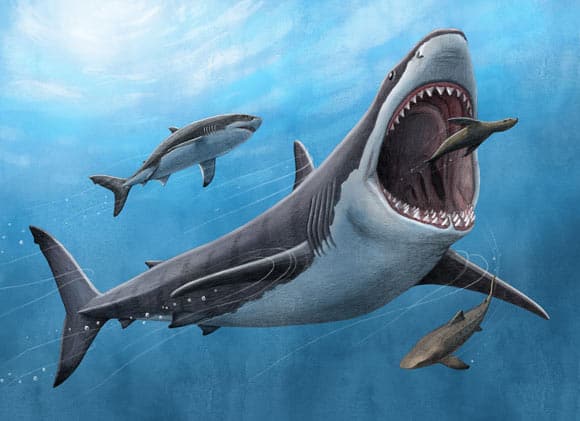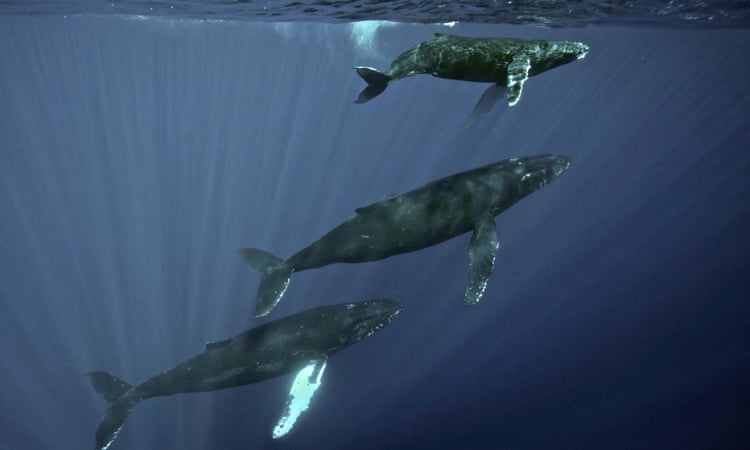New research shows that marine heat waves last longer in deeper water, increasing the possibility of species displacement or mortality.
Marine heat waves, defined as events where ocean temperatures rise to extreme levels and hold steady for at least five days, are becoming increasingly common as human-induced climate change fuels global warming.
The ocean absorbs an enormous amount of human-made heat. The sixth assessment report of the U.N.’s Intergovernmental Panel on Climate Change estimated that between 1971 and 2018, the sea took in about 396 zettajoules of heat, equivalent to the energy in about 25 billion Hiroshima atomic bombs.
This heat absorption has resulted in a general warming of the global ocean. An analysis suggested that 2022 was the hottest year on record for the ocean. With the current El Niño climate pattern playing out this year, 2023 is predicted to be even hotter.
While marine heat waves can impact any part of the ocean, certain areas have experienced more intense marine heat waves than others.
For instance, one of the worst marine heat waves on record, known as “The Blob,” occurred in the northern Pacific Ocean between 2015 and 2016, which disrupted the entire food web across the region.
More recently, the waters around the U.K. and Europe experienced temperatures as high as 5° Celsius (9° Fahrenheit) above normal, which is the warmest this region has experienced in 170 years.
Most of what’s known about marine heat waves focuses on the ocean’s surface and upper layers since most data collection occurs at these parts. But a new study published in Nature Climate Change shows that heat is also infiltrating the deeper parts of the ocean, potentially impacting marine biodiversity in a myriad of ways.
A team of researchers studied global sea temperature reanalysis data from 1993 to 2019 to assess the occurrences of marine heat waves across a large column of the ocean — from the surface to a depth of 2,000 meters (nearly 6,600 feet), or about one-fourth as high as Mount Everest.

They found that the ocean is experiencing the most intense heat waves in the envelope of water between 50 and 250 m (160 and 820 ft), where a large portion of the ocean’s biodiversity can be found. Below this depth and down to about 2,000 m, the intensity lessens, but the duration of the marine heat waves increases twofold compared to the surface, according to the study.
However, different parts of the ocean were found to react in different ways. For example, the authors note that during a heat event in the northeastern Pacific Ocean between 2019 and 2020, salinity changes led to “enhanced stratification” — that is, the separation of waters into distinct layers — and this restricted warmer-than-usual waters from going deep into the ocean. But in the tropical western Pacific, different oceanographic factors, including the downwelling of warm surface waters, did lead to a marine heat wave reaching deeper parts. In southeastern Australia, downwelling also caused subsurface warming, but the sea surface temperature didn’t indicate that such warming was occurring this time.
Lead author Eliza Fragkopoulou, a researcher at the Centre of Marine Sciences (CCMAR) in Portugal, says the study provides an initial overview of marine heat waves in deeper waters. She also says further research is needed to better monitor and understand these phenomena and their impacts on biodiversity, especially since marine heat waves are predicted to increase and intensify in the years to come.
“All of our future projection models show that we are going to keep warming up the global ocean, so marine heat waves are going to become more intense, more long-lasting,” Fragkopoulou told Mongabay. “If you have recurrent heat waves occurring in the same regions, populations are under stress constantly. We might lose ecosystems completely [through] mass mortalities and the complete collapse of ecosystems, but also the heat waves and the heat stress can actually change the distribution of the species. So species can move away as they try to find refuge in cooler waters, which can have direct impact, of course, on the ecosystems and on us as humans.”
Dillon Amaya, a research physical scientist at the Physical Sciences Laboratory of the NOAA Earth System Research Laboratories, who was not involved in this study, says the research illustrates the importance of subsurface observations.
“In many cases, the impact of marine heatwaves on ecosystems is rooted not just in the intensity of an event, but also its duration,” Amaya, who wasn’t involved in the study, told Mongabay in an email. “Warm events that last a long time can be more impactful than very warm events that are relatively short lived. Although, the warmest events aren’t great for many marine species either. This is a key point of the paper, which highlights how ‘cumulative intensity’ — the integral of the intensity over the total duration of a marine heatwave event — can overlap with spatial patterns of biodiversity richness to potentially drive impacts.”
Citation:
Fragkopoulou, E., Sen Gupta, A., Costello, M. J., Wernberg, T., Araújo, M. B., Serrão, E. A., … Assis, J. (2023). Marine biodiversity exposed to prolonged and intense subsurface heatwaves. Nature Climate Change, 13(10), 1114-1121. doi:10.1038/s41558-023-01790-6
What you can do
Support ‘Fighting for Wildlife’ by donating as little as $1 – It only takes a minute. Thank you.
Fighting for Wildlife supports approved wildlife conservation organizations, which spend at least 80 percent of the money they raise on actual fieldwork, rather than administration and fundraising. When making a donation you can designate for which type of initiative it should be used – wildlife, oceans, forests or climate.
This article by Elizabeth Claire Alberts was first published by Mongabay.com on 11 October 2023. Lead Image: umpback whales in French Polynesian waters. Image by Toby Matthews / Ocean Image Bank.







Leave a Reply